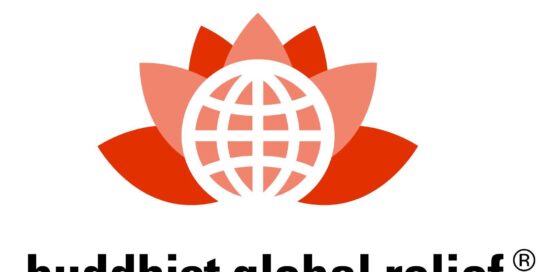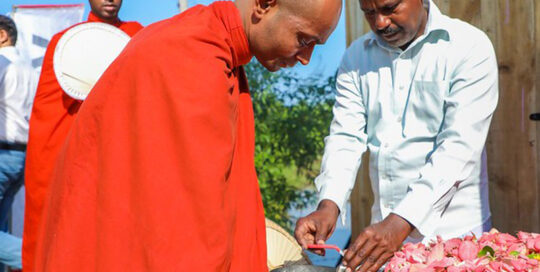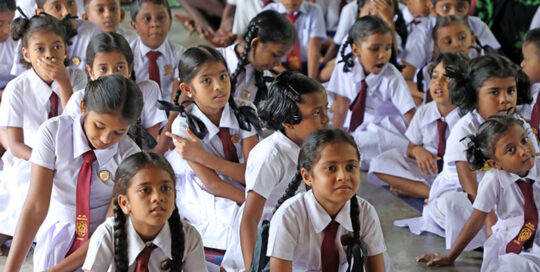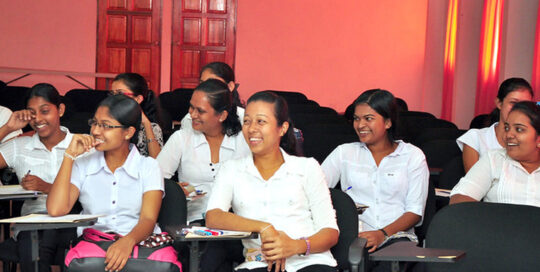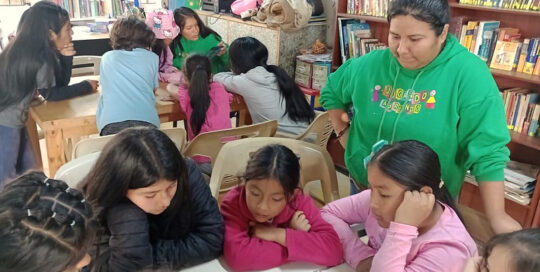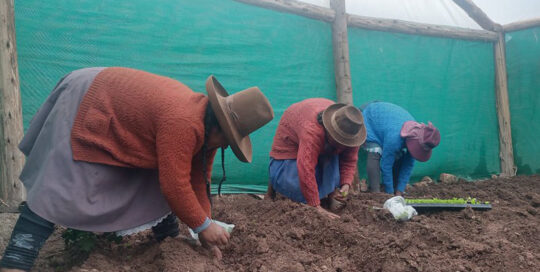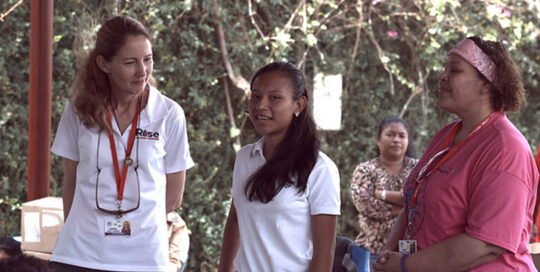More than 30 percent of children in Tanzania suffer from stunting, an indicator of prolonged poor nutrition, repeated infections, and inadequate psychosocial stimulation. A large proportion of children and women of reproductive age suffer anemia, which affects 59 percent and 48 percent of children below 5 years of age and women of reproductive age respectively. Tanzania is still far
Supporting Children Orphaned by HIV/AIDS in Tanzania 2024
Yen Yen Lim2024-11-04T18:26:23-08:00Tanzania is home to 1.7 million people who have been affected by HIV/AIDS, with approximately 860,000 children (ages infant to 17 years) orphaned because of this disease. Ostracized by society, many of these children are abandoned to the streets, leaving them vulnerable to sexual abuse and to being controlled by drug dealers. Others have been taken in by caregivers
Pure Water for All in Sri Lanka 2024
Yen Yen Lim2024-09-16T08:09:34-07:00Among Sri Lankan paddy farmers, water contaminated by agrochemicals is causing an epidemic of Chronic Kidney Disease unidentified (CKDu). Over 23,000 deaths have been reported from this virulent disease in the last two decades, and due to missed diagnoses the number may be far higher. The majority of victims are middle-aged men who are
Food Scholarships for Children in Sri Lanka 2024
Yen Yen Lim2024-09-16T08:09:34-07:00In Sri Lanka, “3.9 million individuals grapple with moderate food insecurity, while over 10,000 households confront severe food shortages. Compounding this crisis, more than 2.9 million children urgently require humanitarian aid to access vital nutrition, healthcare, education, clean water and sanitation, security, and social protection services,” according to a 2023 UNICEF report. In response
Computer Training for Rural Students in Sri Lanka 2024
Yen Yen Lim2024-09-16T08:09:34-07:00In the remote region of Padaviya, more than 100 kilometers from the nearest government high school or private educational institution, the children of poor farmers and daily wage earners labor to learn today’s necessary information and communication technology (ICT) skills with insufficient resources. While ICT courses are taught in all schools from grades six
Nourish, Educate, Transform: Support for Children in Sri Lanka 2024
Yen Yen Lim2024-11-06T15:01:30-08:00Sri Lanka has South Asia’s second highest rate of severe acute malnutrition, according to UNICEF, and nearly one in six children here suffer from chronic wasting. In 2022, severe inflation and economic collapse resulted in crisis-level hunger across this nation of 22 million people, as food prices rose by almost 100 percent. BGR partner
Technical Education for Women from Low-Income Families in Sri Lanka 2024
Yen Yen Lim2024-11-06T15:39:22-08:00In Sri Lanka, low-income women face tremendous barriers in accessing the vocational education necessary for lifting themselves and their families out of poverty. Even among women who qualify for tuition-free education, many find themselves unable to afford to pay for their room and board, required uniforms, data plans for online classes, and other necessities.
Nutrition and Education for Girls in Need in Peru 2024
Yen Yen Lim2024-11-06T15:00:11-08:00In San Juan de Miraflores, a community on the outskirts of Lima, more than 55 percent of the population lives in poverty, and in project area Nueva Reconda 10 percent live in extreme poverty. Many girls are at risk of becoming child domestic laborers and face great difficulties in gaining an education and escaping
Agricultural Training for the Cultivation of Nutritious Vegetables and Fruits in Peru 2024
Yen Yen Lim2024-09-16T08:09:34-07:00BGR partner Wawasonqo of Cusco, Peru, has been working since 2006 to break the cycle of poverty that affects 24 percent of Cusco’s population. Wawasonqo focuses its efforts on three pillars: education, nutrition, and health. The aim of this BGR-sponsored project is to address malnutrition among poor rural families in the Chaquepay peasant community in the
Higher Education for Females in Nicaragua 2024
Yen Yen Lim2024-11-06T16:23:52-08:00The ongoing human rights crisis in Nicaragua has resulted in skyrocketing food costs and unemployment, the confiscation of land and personal property by the government, and economic collapse. In the rural communities served by this project, only 25 percent of families have access to safe drinking water and sanitary facilities; 50 percent of the


